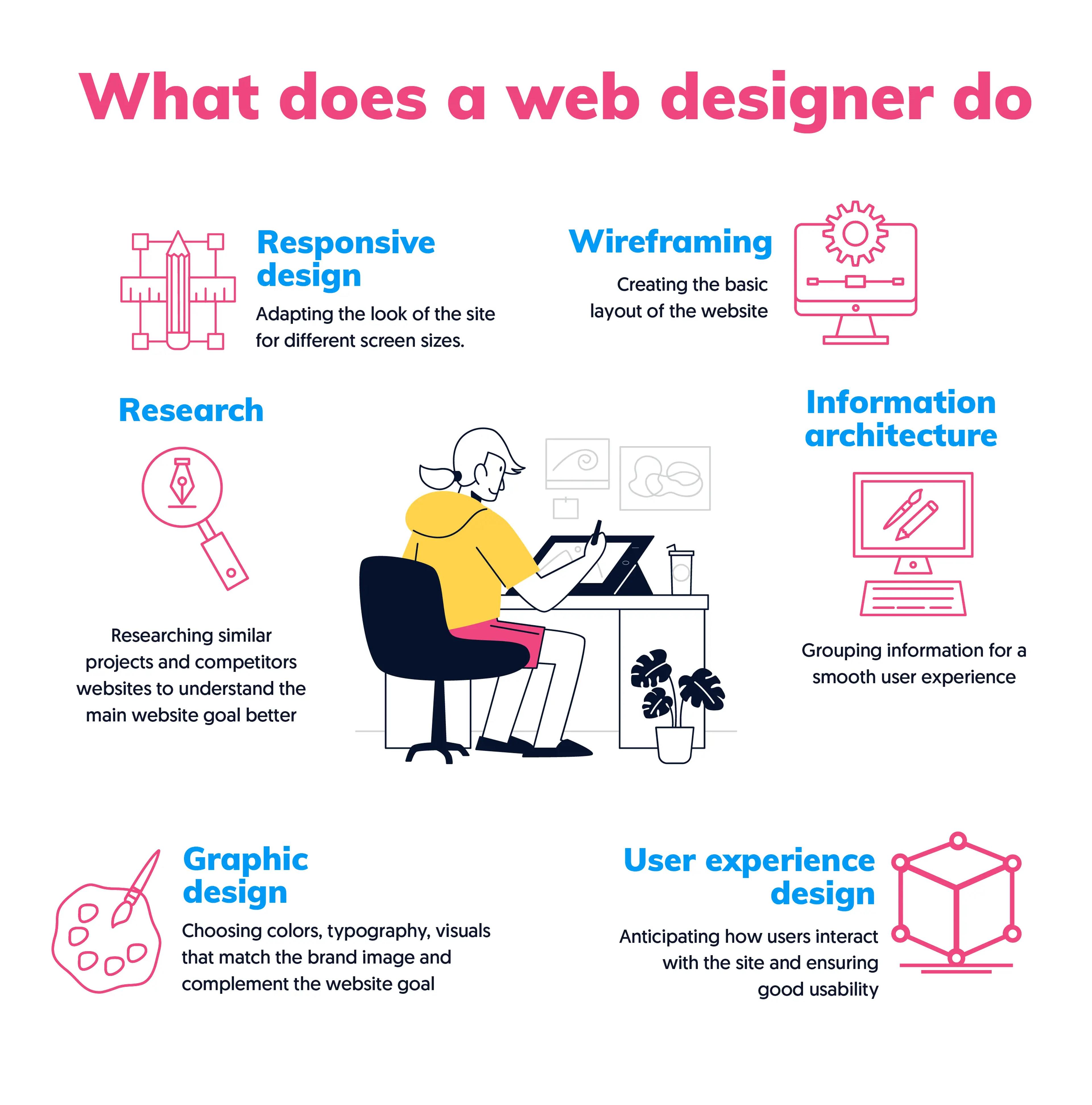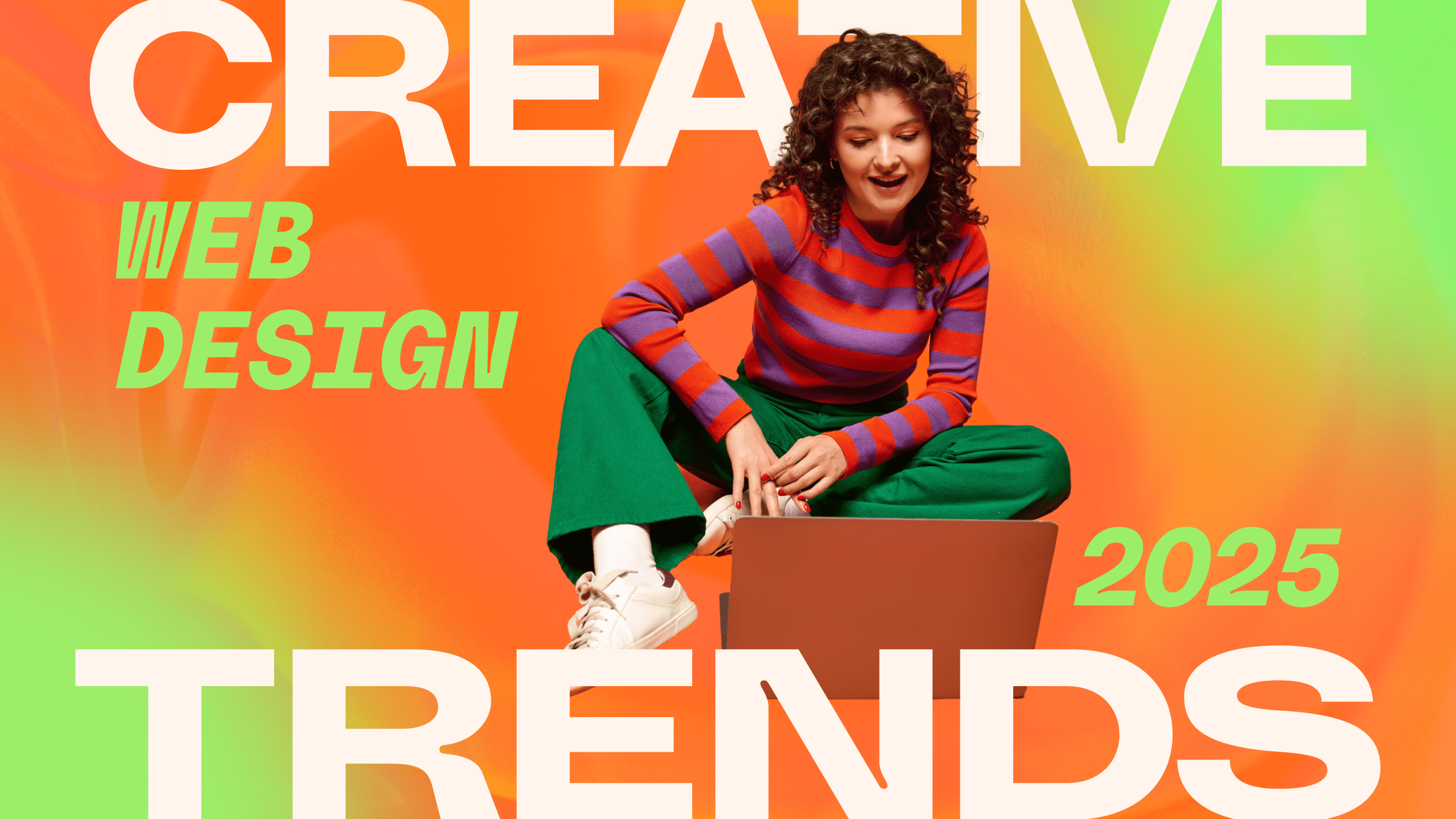Aligned Position Web Design: Building Responsive, Mobile-Friendly Websites for Modern Users
Aligned Position Web Design: Building Responsive, Mobile-Friendly Websites for Modern Users
Blog Article
The Very Best Kinds of Website Design to Improve Individual Experience and Involvement
In the ever-evolving landscape of electronic communication, the efficiency of Web design significantly influences customer experience and involvement. Different style techniques, such as minimalist, receptive, and interactive designs, each deal one-of-a-kind advantages that can provide to varied customer needs.
Minimalist Website Design
As digital landscapes come to be progressively cluttered, minimal website design has actually arised as a powerful method to boosting individual experience. This design approach focuses on simpleness, concentrating on vital components while removing unneeded interruptions. By making use of enough white area, uncomplicated navigating, and a restricted color palette, minimal style cultivates quality and routes user focus to vital material.
The core principle of minimal Web design is to develop a seamless communication for customers. By reducing cognitive load, customers can promptly understand information without really feeling bewildered. This straight approach not just improves use but likewise motivates interaction, as site visitors are most likely to explore a site that is very easy and aesthetically attractive to browse.
Additionally, minimal layout usually emphasizes typography and imagery, utilizing these elements strategically to communicate messages effectively. This concentrate on essential parts can improve brand identity and develop a memorable individual experience. Fundamentally, minimalist Web layout is not simply a trend; it is a thoughtful methodology that acknowledges the value of user-centered style. By removing extraneous aspects, designers can produce an extra appealing, effective, and pleasurable Web experience for all users.
Responsive Website Design
In today's diverse electronic atmosphere, receptive Web style has ended up being essential for producing a smooth user experience across a wide range of gadgets. As individuals gain access to web sites on mobile phones, desktop computers, tablet computers, and laptop computers, the capacity of a site to adjust its format and material to different display dimensions and resolutions is critical.
Receptive Web layout uses versatile grids, pictures, and CSS media questions to ensure that Web content is provided ideally, despite the tool utilized. This strategy not only improves the aesthetic allure of a web site yet also substantially boosts use. Individuals are more probable to engage with a website that provides a constant experience, as it eliminates the irritation of having to focus or scroll excessively.
By taking on receptive layout, companies can boost their visibility and get to a broader target market. In summary, responsive Web layout is a basic practice that enhances individual experience, engagement, and total satisfaction.
Interactive Website Design
Receptive Web style prepares for enhancing individual experience, yet interactive website design takes this a step additionally by engaging customers in a more vibrant means - Aligned Position Web Design. By including components such as computer animations, clickable models, and real-time feedback, interactive Web style astounds individuals, attracting them into a richer browsing experience
This strategy not only cultivates involvement but also motivates users to explore content actively instead of passively consuming it. Methods such as gamification, where customers earn incentives for finishing tasks, can substantially boost the time invested on a website and improve overall contentment. Furthermore, interactive features can simplify complicated information, making it much more digestible and delightful.

Incorporating interactive style components can additionally lead to higher conversion prices, as individuals are most likely to involve with a website that actively includes them. Aligned Position Web Design. Ultimately, interactive website design transforms user experiences right into remarkable journeys, making sure that site visitors return time after content time
Flat Design
Identified by its minimalistic method, flat layout stresses simpleness and functionality, removing unneeded components and concentrating on important functions. This style approach focuses on usability, guaranteeing that individuals can navigate interfaces with ease and effectiveness. By employing a tidy visual, level layout removes the mess commonly discovered in more ornate styles, thereby boosting customer emphasis on material and capability.
The characteristic of level layout lies in its use of bold shades, straightforward typography, and geometric shapes. These elements add to an aesthetically attractive interface that is both modern and friendly. In addition, flat design cultivates a feeling of clarity, allowing users to recognize crucial activities and information without distraction.
In addition, flat style is specifically efficient in receptive Web design, as its simplicity converts well throughout various gadgets and display dimensions. By focusing on necessary features, flat style not just fulfills customer demands however likewise motivates seamless interaction, making it click over here now an essential element of reliable Web style methods.
Flexible Website Design
Adaptive website design personalizes the customer experience by developing multiple repaired designs customized to different screen sizes and gadgets. Unlike responsive style, which fluidly changes a solitary format, adaptive design employs distinct layouts for particular breakpoints, making sure optimal presentation on different platforms. This method enables designers to focus on the one-of-a-kind qualities of each device, enhancing usability by delivering precisely what users require based upon their context.
Among the key benefits of flexible Web design is its ability to maximize lots times and efficiency. By serving customized material and photos that fit the customer's tool, web sites can lessen data usage and boost loading rates. This is particularly valuable for customers with slower connections or limited data strategies.

Furthermore, flexible design promotes a more regulated and consistent branding experience. Since designers develop multiple designs, they can ensure that the visual aspects straighten with the brand's identity throughout various systems - Aligned Position Web Design. This results in a cohesive customer experience, boosting engagement and promoting individual retention
Verdict
To conclude, the combination of minimal, receptive, and interactive Web design principles substantially boosts customer experience and engagement. Minimalist style promotes clearness and emphasis, while receptive layout ensures adaptability across various gadgets, promoting availability. Interactive layout astounds customers via vibrant components, encouraging exploration and customization. Jointly, these layout comes close to add to the creation of user-friendly environments that not only improve satisfaction but also drive higher conversion prices, emphasizing their essential importance in modern Web style methods.

Minimalist style promotes clearness and emphasis, while receptive layout makes certain adaptability across various devices, promoting ease of access. Collectively, these style approaches contribute to the development of easy to use atmospheres that not only improve complete satisfaction however likewise drive higher conversion rates, underscoring their crucial significance in contemporary Web layout approaches.
Report this page